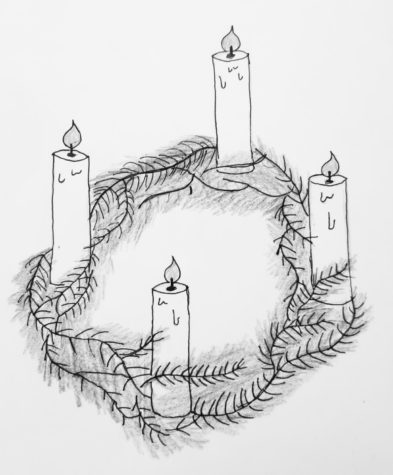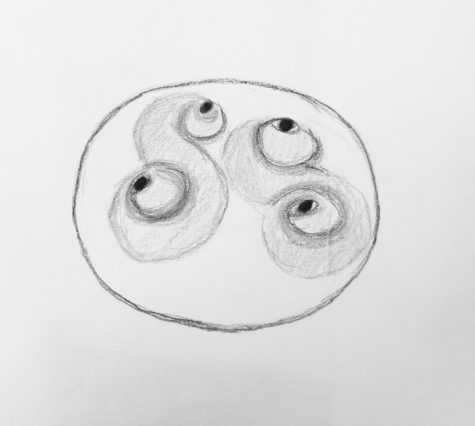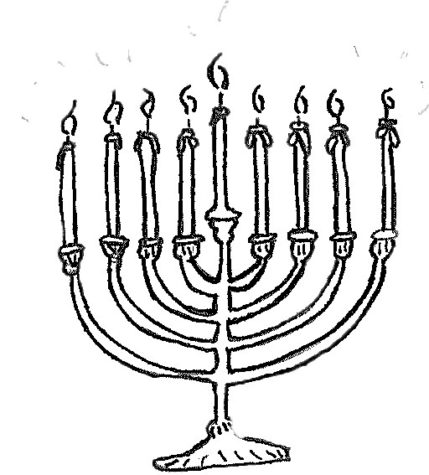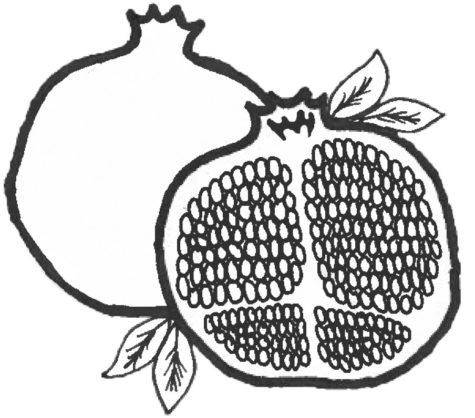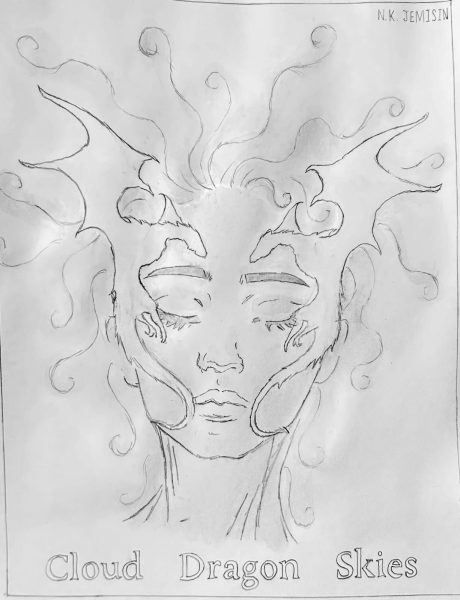Tis The Season
Three holidays celebrated by Garfield students during the winter season.
St. Lucia: Dec. 13
Darkness surrounds the room where girls wear white dresses, a red ribbon tied around their waists, and a candle-lit wreath on their heads. Boys are adorned with a long cone-shaped hat in addition to white gowns, and carry stars on a stick. These are the images of St. Lucia day, celebrated in Sweden, Norway, and parts of Finland. Some people will mistake the candle-lit wreaths and harmonious singing to be Christmas. But this frosty holiday on December 13 dates back to a 4th century tale of the Christian martyr, Saint Lucia, who would secretly bring food to Christians who were hiding in Roman catacombs under the City. Wearing a wreath of lit candles to guide her way, St. Lucia brings people together by dancing and singing traditional songs like “Sankta Lucia,” a song that most Scandinavians know by heart. Traditional drinks like Glögg, a raisin infused herbal drink, is prepared, and foods like Lussekatter, a saffron bun in the shape of an S, is one of many delicious foods eaten during this festive holiday.
St. Lucia Day is followed by a traditional Scandinavian Christmas on the 25th of December. During this time the dinner table is prepared with fish, herring and other meats like turkey and roast beef. In Sweden, fruit drinks like Glögg, homemade sweets like pepparkakor biscuits and risgrynsgröt, and a rice porridge that can be eaten with raspberry jam or cinnamon are some Christmas favorites. In addition the Christmas soda beverage Julmust can only be found during Christmas. Another Scandinavian Christmas tradition is a game similar to White Elephant, where people roll dice to determine who receives what present. “It is a holiday anyone can participate in. And while it’s an undermined holiday compared to Christmas, it’s still a tradition that a lot of people celebrate,” said 12th grader Henry Fabiansson.
Hanukkah: Dec. 18-26
Hanukkah, otherwise known as the festival of lights, is a Jewish celebration, one that is a commemoration to the reaffirmation of the second temple of Jerusalem. Hanukkah begins on Kislev 25 (usually in December, according to the Gregorian calendar). Those who celebrate light one candle on a menorah for each day of the eight day long festival. Hanukkah is one of the most celebrated Jewish holidays.
Hanukkah is celebrated religiously by daily readings of scripture and “almsgiving” or singing of special hymns. Jewish students have various reasons for celebrating the holiday, and traditions within every family differ. Ella Timpe, a student at Garfield, doesn’t consider herself to be a religious person but celebrates Hanukkah for the cultural aspect, “I celebrate getting in touch with my Jewish heritage,” Timpe said. Hanukkah is also seen as a good time to connect with one’s family, “I feel like I connect with my family through the celebration,” Timpe said. Families commonly play games like Dreidel and exchange gifts during the celebration.
Family and religion are very important, but there’s one part of Hanukkah that can’t be overlooked. The food. “Latkes are my favorite part of Hanukkah,” Timpe said. Latkes are shredded potatoes fried into a pancake shape and they are usually eaten with applesauce or sour cream. They’re one of the most common foods eaten during the festival. Foods fried in oil are eaten during Hanukkah to celebrate the miracle of oil.
Whether you’re singing hymns, eating good food or just spending time with the people you love, Hanukkah is a beautiful way to celebrate during the winter season.
Yalda: Winter Solstice (Dec. 20/21)
December 21st marks this year’s Yalda, a Zoroastrian holiday that takes place during Winter Solstice to celebrate the passing of the longest and darkest night of the year. In Persian culture, significance is placed on the sun and light, as it symbolizes goodness and renewal.
Historically, Persian people partook in Yalda as a protection against the spirit of evil because it is believed that the spirit’s power peaked during the long, dark night. As a way to resist the evil within the dark and prevent bad luck, groups of family and friends would gather together to stay awake through the night in anticipation of the sunrise to come.
Today, the dangers of the darkness aren’t so prevalent in modern celebrations of Yalda, however, customs, cuisine, and staying up to celebrate the sunrise to come has stayed the same.
Traditionally, those who celebrate Yalda gather together with friends and family for food, drinks, and poetry reading all throughout the night. Pomegranates and watermelons hold a special meaning for Yalda as their red color emulates the dawn of life. The poetry read is typically that of famous Persian poets, one notably being Hafez, and participants of Yalda each make a wish, open the poetry book, and the first poem seen is the answer to if the wish will come true or not.
There are parallels between Yalda and Christmas, both placing significance on evergreen trees and decorating them. In Zoroastrian culture, planted evergreen trees would be decorated with fruits and silk ribbons that hold wishes. Gifts are placed around the tree, similar to those who celebrate Christmas. Shireen Aryana, a Garfield Senior, celebrates this holiday yearly with her family.
Although there is a general direction for what families do each year for Yalda, traditions change from family to family. Aryana’s family, rather than hang fruit, create handmade ornaments out of air dry clay to resemble fruit as replacement.
“Last year, I made these little orange-shaped ornaments and my brother made a watermelon, and then we painted them, and once they’ve hardened we hung them on the tree.” Aryana said.
Today, Yalda has morphed into a day that is for families to come together and celebrate each other as well as the light.
“It may be the longest, darkest day of the year, but there’s still light in the distance.” Aryana said.
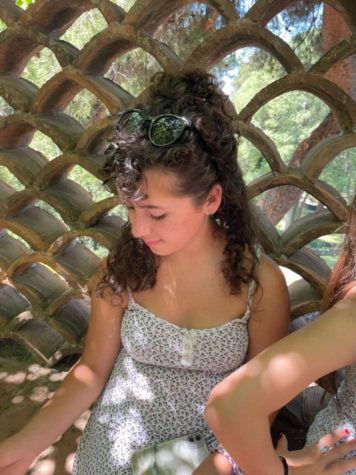
This is Kennedy Greenfelder. She is a junior at Garfield. Some things she enjoys doing are traveling, baking and reading books that make her ugly cry....



